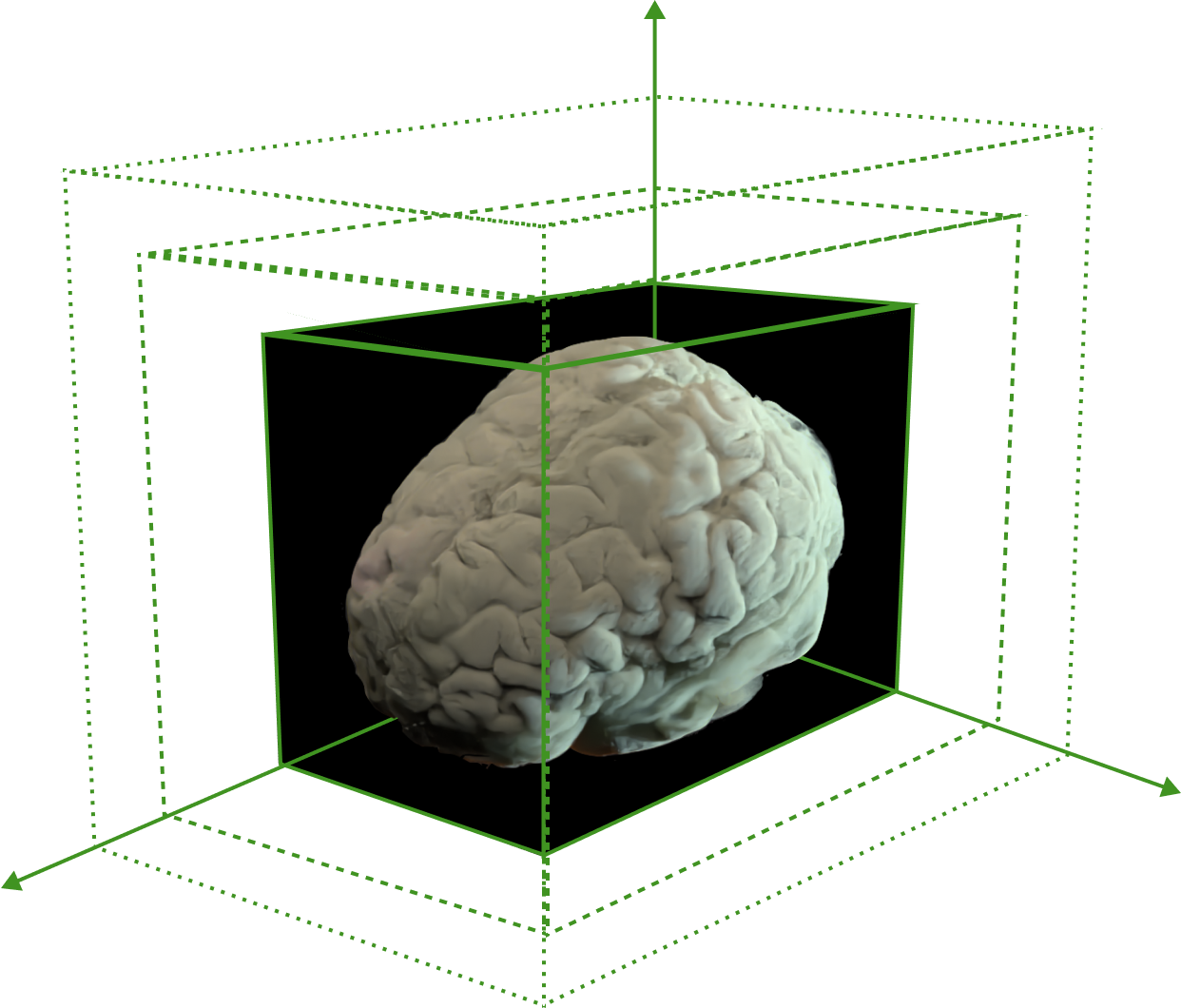Neuropathology
Neuropathology data is one component of the comprehensive data set collected in ADNI. The types of neuropathology data available to ADNI data users through the LONI IDA include:
Neuropathology data is one component of the comprehensive data set collected in ADNI. The types of neuropathology data available to ADNI data users through the LONI IDA include:
The neuropathology data in the ADNI database relevant to Alzheimer disease (AD) are derived from application of the National Institute on Aging-Alzheimer’s Association guidelines for the neuropathologic assessment of AD. The neuropathologic data may be considered the ‘gold standard’ against which other clinical, neuropsychological, genetic, neuroimaging and body fluid biomarkers may be compared. Neuropathology data may be used to underpin multimodal studies of the natural history of AD. Data relevant to other neurodegenerative diseases are derived from the application of other appropriate contemporary neuropathologic guidelines.
Brain Tissue Regions Sampled for the ADNI Neuropathology Protocol include:
